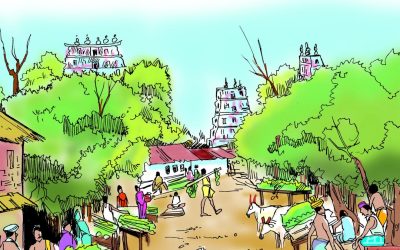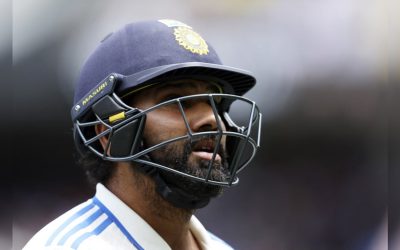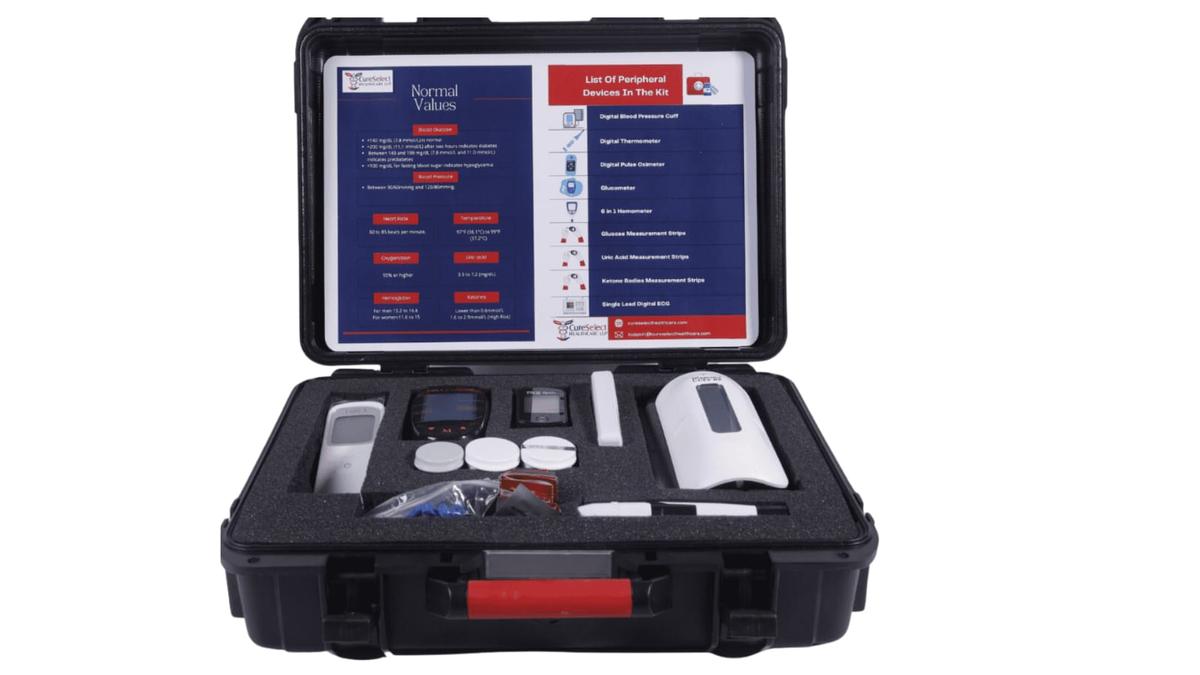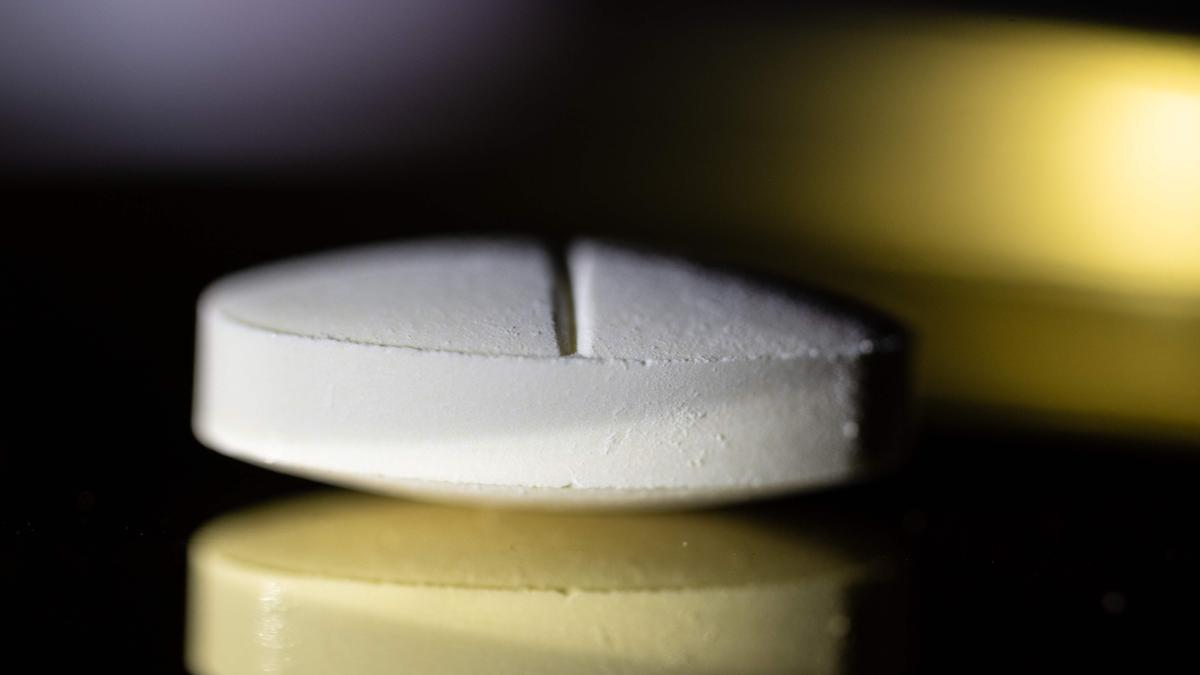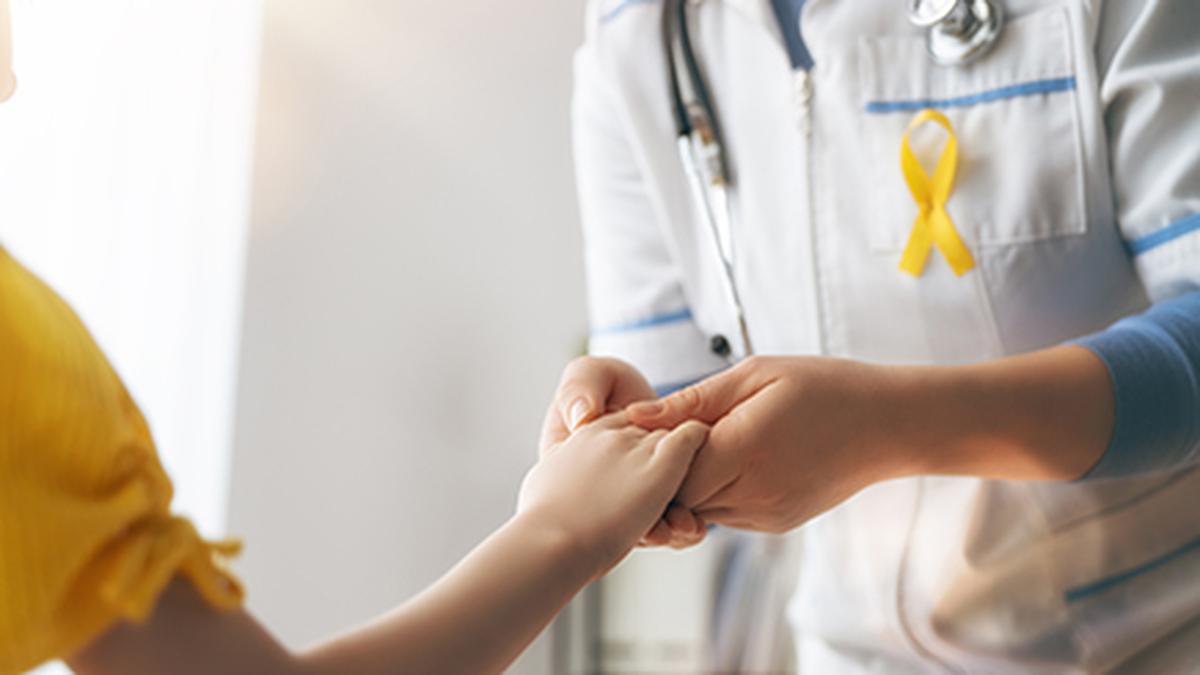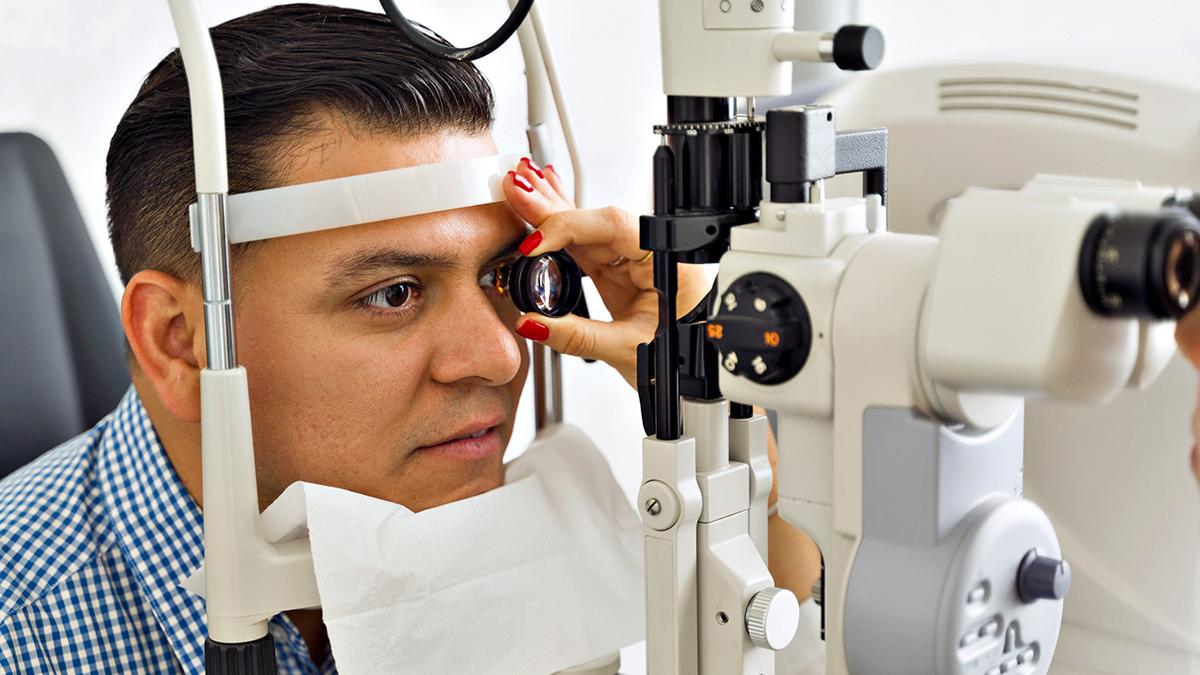At this Chennai children’s hospital, doctors facilitate recovery in ICU through early mobilisation
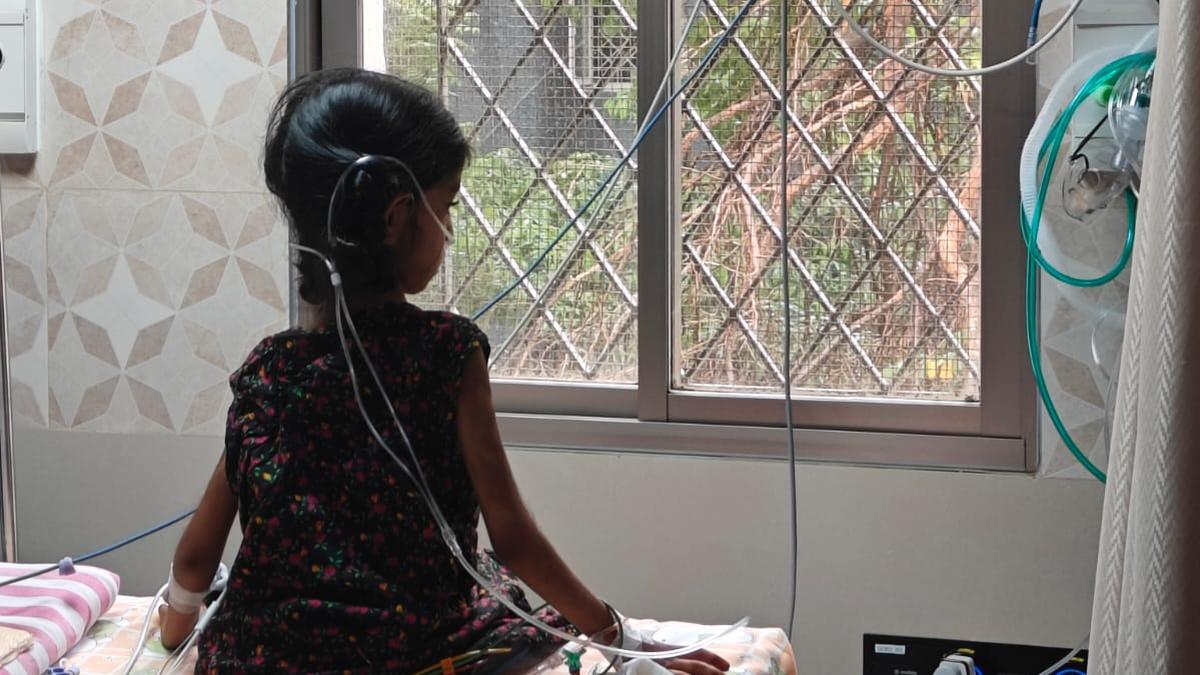

A child in the paediatric ICU at KKCTH, Chennai, receives sunlight through special windows, part of the hospital’s effort to provide natural light for better sleep and reduce exposure to harsh artificial lights
| Photo Credit: Special Arrangement
The Paediatric Intensive Care Unit (PICU) at Kanchi Kamakoti CHILDS Trust Hospital (KKCTH) has been implementing early mobilisation techniques since mid-2023, helping critically ill children recover faster through structured movement strategies. Unlike most adults, young patients often fear medical settings and struggle to engage in rehabilitation. “Prolonged immobility leads to muscle atrophy and delays recovery. It also affects mental well-being, making children anxious and withdrawn,” says Sudeep Kumar Kapalavai, Senior Consultant, PICU, KKCTH.
The hospital adopts a practical approach, using readily available resources such as tricycles and wheelchairs. “We don’t need high-tech equipment. With teamwork and planning, simple tools can have a significant impact,” he says. A structured scoring system determines a child’s readiness for movement, with activities ranging from minor movements in bed to assisted walking. For ventilated patients, safety is paramount. “Mobility for critically ill children is a team effort. A physiotherapist, nurse, and doctor work together to ensure stability,” he explains. The process includes back-supported positioning, sitting up with assistance, and transitioning to a neck-supported wheelchair before attempting movement.
“When parents see their child bedridden, the psychological toll is immense. Small interventions like letting a parent hold the child in bed help in emotional bonding and reduce stress,” says Dr. Kapalavai. In one instance, a child who underwent surgery for a benign brain tumour later developed pneumonia. After over a month in the ICU, mobilisation played a key role in the recovery process. Being placed on the mother’s lap significantly improved the child’s condition, both physically and emotionally. In another, a ventilated child, previously confined to a bed, experienced a breakthrough after being seated on a tricycle, demonstrating improved engagement and responsiveness.
The approach extends to complex post-surgical care as well. Traditionally, after airway reconstruction surgery, patients remain sedated for days. However, the PICU team modified this practice. “We reduced sedation after two days, maintained ventilation support, and let the child walk in the ICU with parental reassurance,” Dr. Kapalavai recalls.
These interventions not only accelerate physical recovery but also improve respiratory function, digestion, and overall well-being, reshaping paediatric critical care strategies in resource-limited settings
Published – February 18, 2025 10:31 am IST
